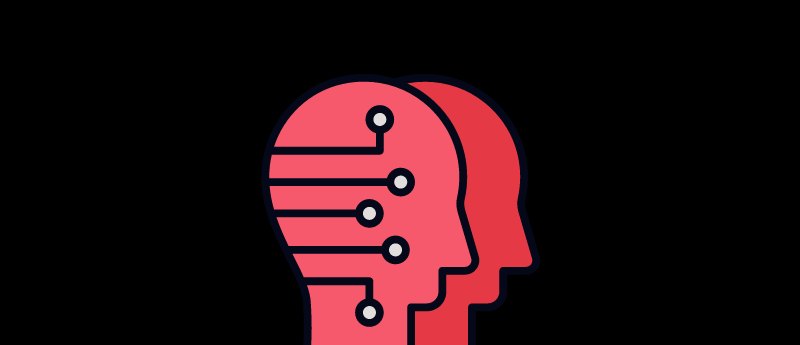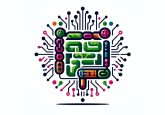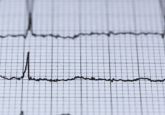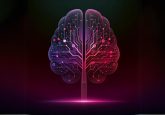Two of a kind: stroke simulations using a digital twin

Amsterdam University Medical Centers (UMC) (Netherlands) is at the forefront of a fascinating initiative aiming to revolutionize stroke treatments by using digital twin simulations. Supported by a substantial €10 million Horizon grant from the European Commission, researchers at Amsterdam UMC will aim to lead 19 partners in translating this vision into reality in 6 years.
How exactly will this be achieved? Let’s start with a brief crash course of what a ‘digital twin’ is. Put simply, a digital twin is a virtual representation of a physical or intended real-world object, person or process. These digital representations serve to test, monitor and stimulate real situations and their outcomes, informing better decision-making and enabling us to understand more about potential failures. Digital twins can be made for almost anything: hotels, wind farms, kitchens, entire cities, organs, patients, spacecrafts, you name it.
Although digital twins have long been used in the design and development for manufacturing automotives, in supply chains and within architecture, their application within medicine is still in its infancy despite the myriad of potential uses. To name just a few, medical digital twins could be used to investigate the outcomes of potential treatments, identify biomarkers, predict disease prognosis and model biological function. The list is endless.
Tapping into one such application, Amsterdam UMC plan to determine the optimal treatments for patients with cerebral infarctions or hemorrhages by simulating procedures on their digital counterparts. By inputting data such as blood pressure, heart rhythm, and brain scan information of the stroke patient into computer models, a lifelike ‘digital twin’ is generated for simulating treatments. This approach, known as knowledge-based artificial intelligence, can draw on deep biological and medical knowledge of strokes.
Alfons Hoekstra, Professor of Computational Science at the University of Amsterdam, explained, “we are now finding out what is good for the individual patient. The more measurements we can put into the digital twin, the more precisely we can predict what the best treatment will be.”
In the first 4 years of their plan, the researchers will concentrate on developing the technology required to generate digital twins. Once established, an additional 2 years are expected to transform this technology into a practical computer simulation, enabling doctors to use computers to tailor treatment methods for their patients.
This technology has enormous potential for personalized and optimized medical interventions. “A treatment that has first been virtually tested on your digital twin? Now that’s tailor-made care,” concluded Henk Marquering, Professor of Translational Artificial Intelligence at Amsterdam UMC.





